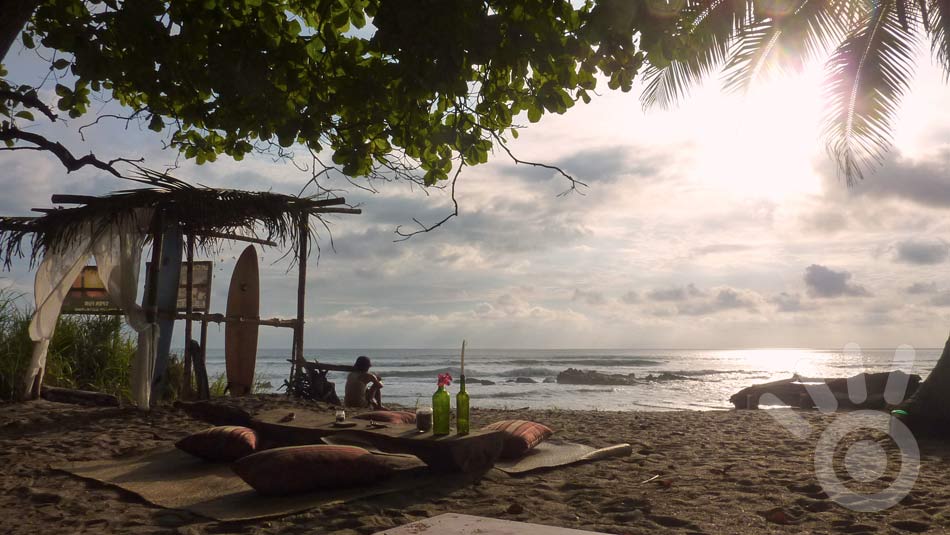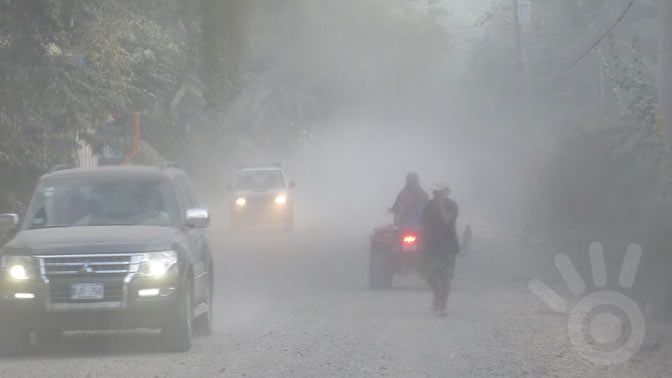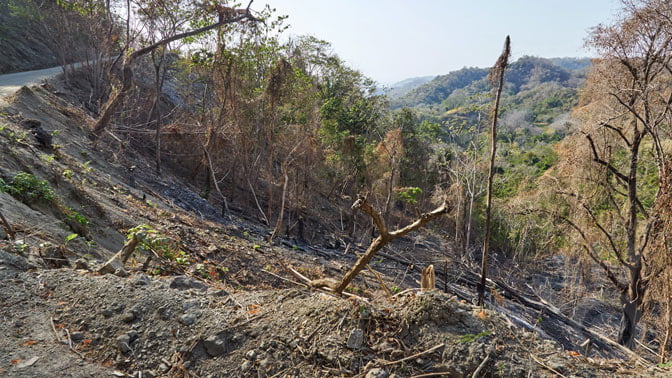Real Estate in Malpais
Santa Teresa is one of Costa Rica‘s most popular beach destinations. Once a backpackers and surfers’ secret, the village today is a well-known vacation spot for a growing number of national and international tourists. In addition to these visitors, the number of permanent expat residents is rising continuously.

While earlier visitors and expats were just happy with a simple barefoot lifestyle and surfing the waves, the new generation seeks more creature comforts and amenities. Tucked away in luxurious villas are also some international celebrities who add to the area’s fame and let prices for real estate in Santa Teresa go north.
The growth in this region and its future potential also lures developers and investors expecting high returns. Besides private homesteads or small businesses they are looking for a solid real estate investment, be it a hotel business or a vacation rental.

In high demand are ocean view properties in Santa Teresa as the topography of the area is just perfect for those stunning views. Low mountains rising up steeply close to the beach create many natural building sites where you enjoy spectacular views of the Pacific ocean and magic sunset, with the sounds of the surf close by.
Real estate in Mal Pais and Santa Teresa also includes beach properties. However, the strip of land along the water edge cannot be purchased, only leased from the government. Costa Rica reserves the first 50 meters from the high tide line as a public zone for everyone’s use, and the nationwide law prohibits any permanent structure within that zone. This leaves views of Costa Rica’s coastline pristine and undisturbed.

An additional 150 m stripe of land belongs to this maritime-terrestrial zone. For this area a concession to use the land can be obtained from the local municipality. The process to get such a concession is exhaustive and costly, also taxes for beach properties are substantially higher.
The state concessions for beach properties are controlled by land use regulation plans. In the Santa Teresa area, from Manzanillo to Malpais, there exist 11 different land use regulation plans which define how the land in the different beach zone may be used.
Land use outside the maritime-terrestrial zones is not yet regulated but there is a building cap of 10 meters which so far has prevented high-rise buildings which have spoiled other Costa Rican beach resort locations.
Problems of Development in Santa Teresa
Even the main road in Santa Teresa is still unpaved and newcomers sometimes feel like pioneers in a yet not so much developed part of Costa Rica. With regard to the town‘s infrastructure and public services this assumption isn’t so wrong.

The population of permanent residents is roughly estimated at around 5,000 inhabitants, and the amount of tourists largely exceeds this number. A town of that size needs paved roads, adequate treatment of sewage water, cleaning of streets, garbage collection, sidewalks for pedestrians, and other public services and facilities.
But the communities of Santa Teresa and Mal Pais are mainly composed of foreigners, many without Costa Rican residency. Where few voters reside, less influence on communal decisions can be exerted and less money for public services is received. The unpaved roads and the dust stirred up by the traffic is just one of Santa Teresa‘s permanent problems.

Santa Teresa’s rapid and often uncontrolled growth leads to many environmental problems. Real estate sellers and property owners cut trees for building or just for the ocean view. New roads and plantels are etched into the hillsides, changing the topography and water course. An imminent effect are soil erosion and many land slides in rainy season.
Many wild animals are killed by dogs, and monkeys, once ubiquitous on all beaches have become rare, as their travel routes through the canopy are gone. The same land owners who destroy the nature and habitat of the animals still adorn their websites and brochures with pictures of unspoiled nature and wildlife. Santa Teresa’s biggest asset is the beauty of its jungle covered hillsides which also shelters the wildlife. Costa Rica has good environmental laws to protect its natural ressources but these laws have to be respected and enforced.